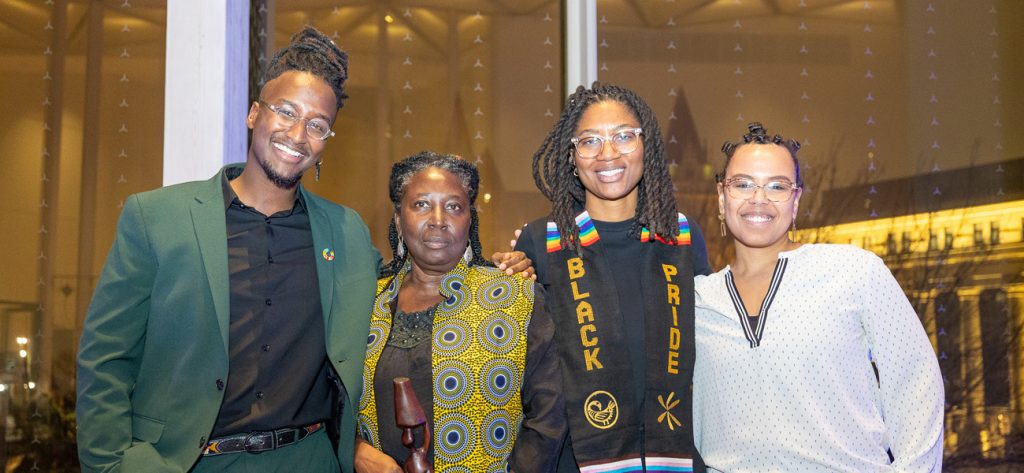Money confidence starts with money conversations…
By Al Ramsay and Orlando Lopez
We are now looking down the barrel of 2017, and wondering what it has in store for us. If 2016 taught us anything, it’s that the unthinkable can happen (remember Brexit and the US elections) and that we can’t take things for granted or become complacent because the wheels of progress can go in reverse.
As part of preparing for 2017 and being financially fit, I challenge you to have a conversation about the trends and norms in your personal life—things that you may be taking for granted—and consider what could happen if some of those were to change. What if your income suddenly dropped or there was a change in the interest rate on your debts? These types of conversations align with TD’s new Financially Fit website, which reminds us that money confidence starts with money conversations.
Have a talk…with yourself
The first step is to be brutally honest with yourself. Start by differentiating between what you earn and what you actually get paid. For example, your job contract may say you earn $100,000, but after federal and provincial (Ontario) taxes, the number is probably closer to $75,000—and that’s before deductions for Canada Pension Plan (CPP), employment insurance (EI), and employer deductions such as pension, dental, medical and life insurance are taken off. Let’s assume these other deductions total $7,000, leaving you with $68,000 in net income. The lesson? You may want to stop spending as if you are making a six-figure income. It’s better to underestimate your income and overestimate what you spend.
Read more about this topic at https://financiallyfit.td.com.
If you have a partner
Your next step? Take the time to speak with your partner about finances. Make it a New Year’s tradition with your partner to plan how you are going to spend your money over the next 12 months. Once you have your final pay stubs for the year, you can see what your net income was and begin planning out the next year, assuming you will be working with the same amount.
Let’s use the above $68,000 as an example. From that net income, you would then subtract all of the non-negotiables—such as mortgage, property tax, hydro, water (let’s say $30,000) plus car insurance, car payments and repairs ($14,000). You then include $5,000 for big-ticket items such as travel. Once savings for retirement ($4,000) and education funds if you have children ($3,000) are subtracted, the remaining amount of $12,000 is for discretionary spending ($68,000 – $30,000 – $14,000 – $5,000 – $4,000 – $3,000 = $12,000). You then break down that discretionary amount by month. This means if the discretionary is $12,000 for the year (or $1,000 per month), you will use your credit card for all discretionary costs (as discussed in previous articles, make your credit card work twice as hard to earn points or cash, i.e. TD Aeroplan credit card), and aim to keep all monthly credit card bills at or below $1,000.
Of course, this is a simplified example: the point is to provide a practical and easy way to budget without going granular into itemizing coffee and small items. All your coffee and other guilty pleasures fall into that $1,000 per month discretionary bucket. Easy-to-use tools to help you with this conversation can be found at https://financiallyfit.td.com/en/your-partner.html. If you have a child/childrenConversations with children can head in many different directions, depending on their age. But the ultimate goal is to help them become comfortable with money and be financially literate so that when they become adults, they will have the tools they need to make their own decisions.
A guide to fun games and tools for children of different ages can be found at https://financiallyfit.td.com/en/your-child.html
Confirmation
You will hopefully be feeling a little more empowered and prepared to take on 2017 after completing the exercises above. I always recommend discussing your plans with a certified financial planner, who can help you confirm that you are on the right track. They can also bring other considerations to your attention that you may not have thought about. A financial plan created with a neutral and objective third party helps create accountability, especially when you take the time to follow up with them and your progress on a yearly basis.
Revisit
It is a good idea for you to revisit your plans at various intervals throughout the year, to determine whether you are on track or need to make adjustments. And remember: sometimes life happens…and sometimes the unthinkable happens. Even the best-laid plan can go off the rails when life throws you a curveball, so be prepared to cushion those blows by having access to quick cash in a savings account or line of credit.
—
AL RAMSAY is TD Bank Group’s regional manager, LGBTA Business Development, and leads a team of expert advisors dedicated to serving the LGBTA community. For more information or to book a meeting, he can be reached at al.ramsay@td.com or follow him on Twitter at @AlRamsay_TD. ORLANDO LOPEZ, TD Wealth Financial Planner, is a member of Al’s team of expert advisors supporting the LGBT community.






POST A COMMENT